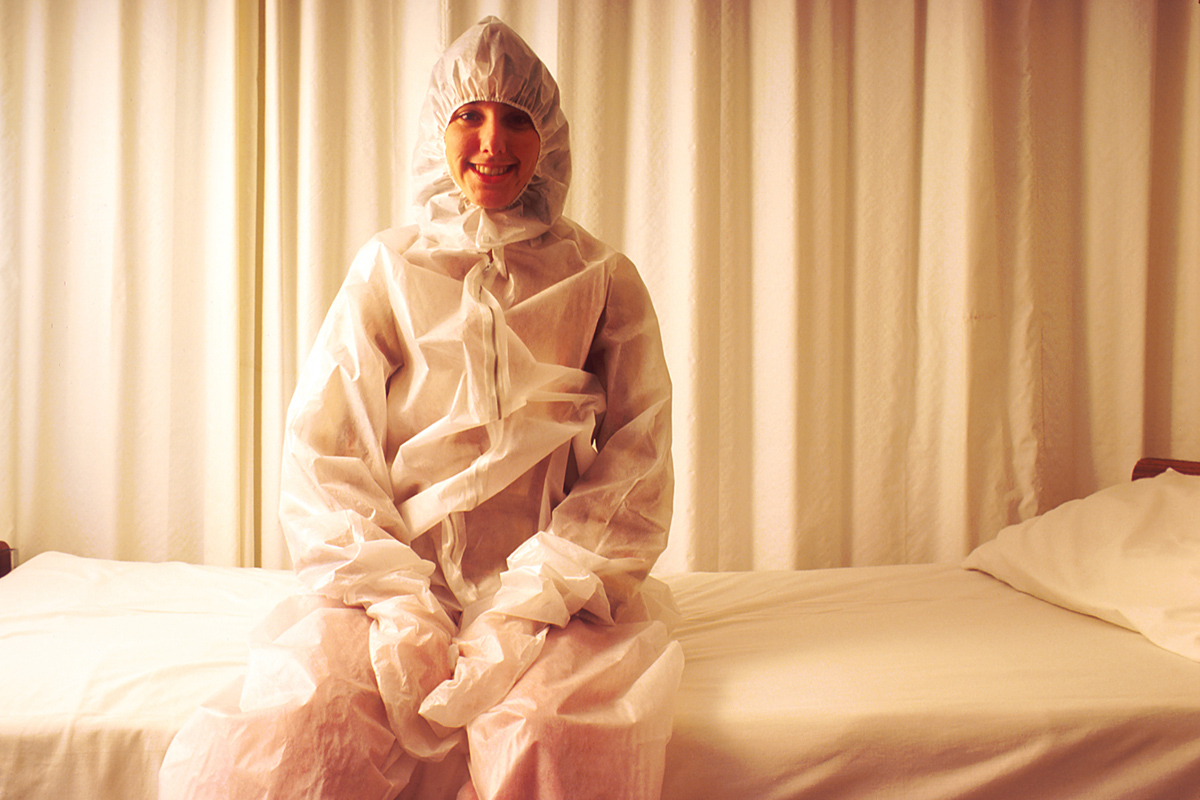
Hyperthermia is a catchall term that refers to a range of heat-related illnesses. In hot weather, people tend to spend most of their time outdoors, and this is the time of the year when hyperthermia may occur, so people, especially the elderly ones, should try to prevent health problems associated with seasonal heat. A healthy individual maintains a body temperature at 98.60 Fin all weather conditions, but when exposed to heat and strenuous physical activity, the body sweats and is thus cooled. Hyperthermia occurs when the body can no longer respond to the challenges of prolonged exposure to heat. There are numbers of health factors that increase the risk of it, and they include poor circulation, inefficient sweat glands and changes on the skin as a result of the normal aging process. Lung, heart and kidney illnesses, and all conditions resulting in general weakness, fever or high blood pressure, make a person more susceptible to hyperthermia.
If the person’s ability to perspire is affected by low-sodium diets, diuretics, sedatives and tranquilizers, or heart and blood pressure medication, they are at a greater risk. Alcohol intake and person’s weight (be it significantly over or below the prescribed standards) also affect one’s response to heat. Lifestyle factors contributing to the contraction of a heat-related illness include overdressing, extremely hot living conditions, lack of transportation that would enable people to retreat from the heat, going to over-crowded places and not understanding weather-related risks.
Hyperthermia occurs in manyforms. Hot weather puts a strain on the body and the person experiences what is called heat stress, where as a result of high temperature, the person may experience a feeling of weakness, low pulse, cool and moist skin, which is known as heat fatigue. When exercising in the heat, people can get a sudden dizzy spell or heat syncope. Heart rate is faster and the pulse weakens, while the skin turns pale, moist and cool, but the person maintains their normal body temperature. Demanding physical activity can cause spasms in abdominal and limb muscles due to the lack of salt in the body, and these are called heat cramps. Cold and clammy skin, thirst, nausea, weakness, and excess perspiration are signs of heat exhaustion, and although the body temperature and the pulse remain normal, this is the warning that the body hasoverheated.
Heat stroke is a dangerous and potentially fatal occurrence, and elevated pulse, confusion, strange behavior; staggering, faintness and belligerence are characteristic symptoms. The person’s temperature rises to over 1040 Fwith the possibility of going into delirium or coma. Physical exam and immediate symptoms are enough to diagnose hyperthermia. While heat stroke requires urgent medical attention, heat exhaustion can be treated without having to go to the hospital. The victim is moved from the sun to a cool, possibly air-conditioned place, encouraged to lie down and rest and take a shower or a bath. Fluids, including water and fruit juice, help rehydrate the body, while alcohol and caffeine are not recommended.




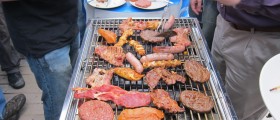




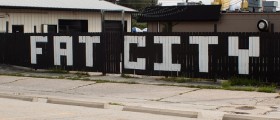

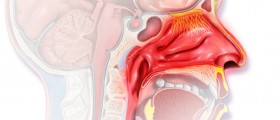
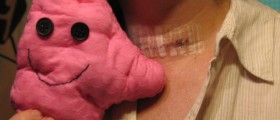

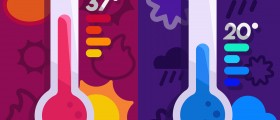


Your thoughts on this
Loading...